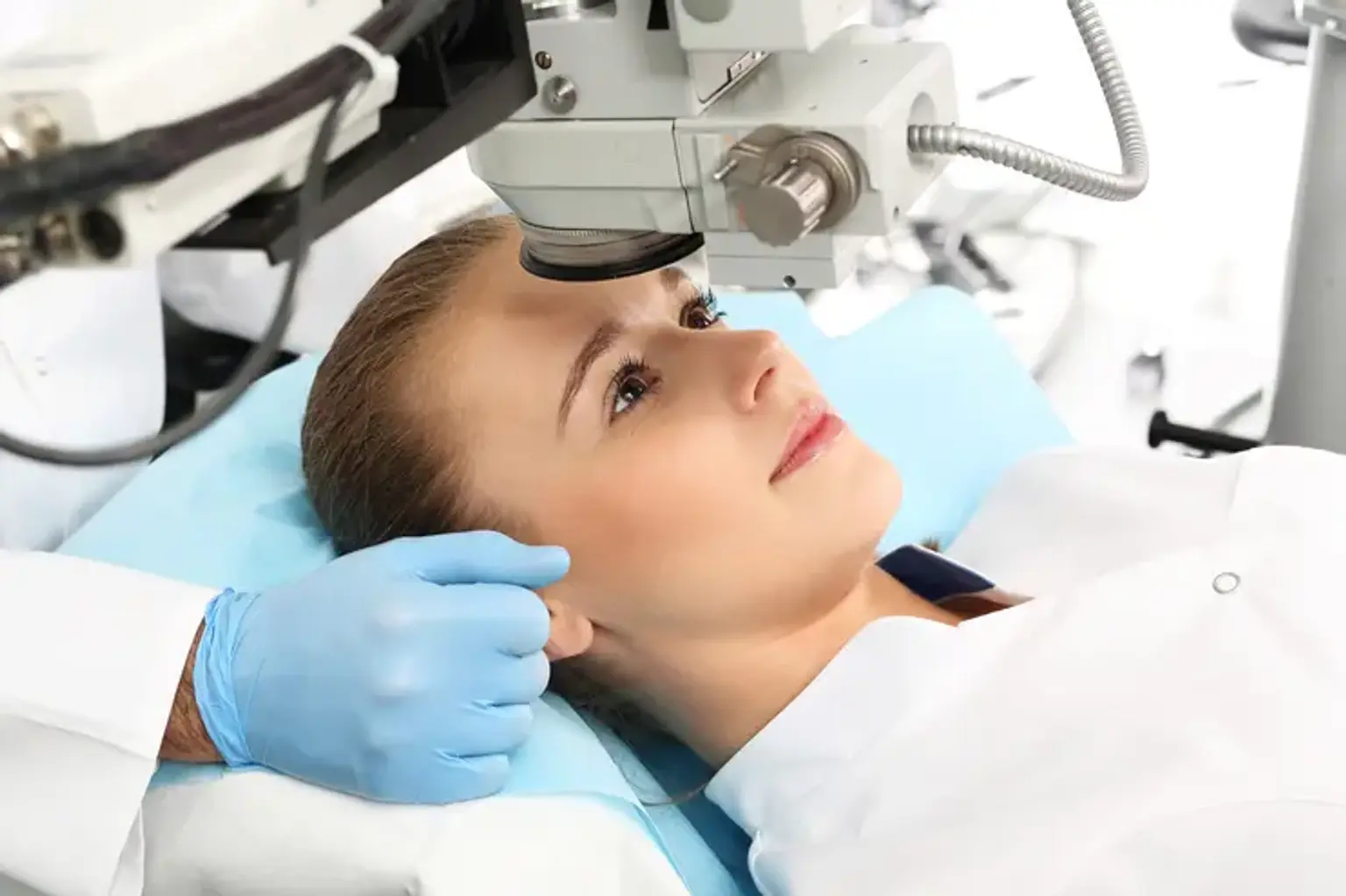Introduction
SMILE (Small Incision Lenticule Extraction) is a modern, laser-based eye surgery designed for vision correction. Unlike traditional LASIK, which uses a flap in the cornea, SMILE involves creating a small incision and removing a lenticule (a small lens-shaped piece of tissue) to reshape the cornea. This procedure is primarily used to correct nearsightedness (myopia) and astigmatism. It offers a minimally invasive alternative with fewer risks and quicker recovery.
In recent years, SMILE has gained popularity as an effective way to treat refractive errors. It’s particularly appealing to those who want the benefits of laser vision correction but without the potential side effects commonly associated with LASIK, such as dry eyes.
How SMILE Eye Surgery Works
SMILE surgery works by using a highly precise femtosecond laser to create a lenticule inside the cornea. The surgeon then makes a small incision, typically about 2-4 mm, through which the lenticule is extracted. This reshaping of the cornea corrects the refractive error, improving vision.
What makes SMILE different from LASIK is that it doesn't require creating a large flap on the surface of the cornea. Instead, the procedure is minimally invasive, with no flap, which reduces the risk of complications such as dry eyes and corneal weakness. The entire process takes about 20 minutes per eye, and recovery is generally faster than LASIK, with many patients seeing improved vision the very next day.
SMILE vs LASIK: Key Differences
While both SMILE and LASIK aim to improve vision through corneal reshaping, there are notable differences:
